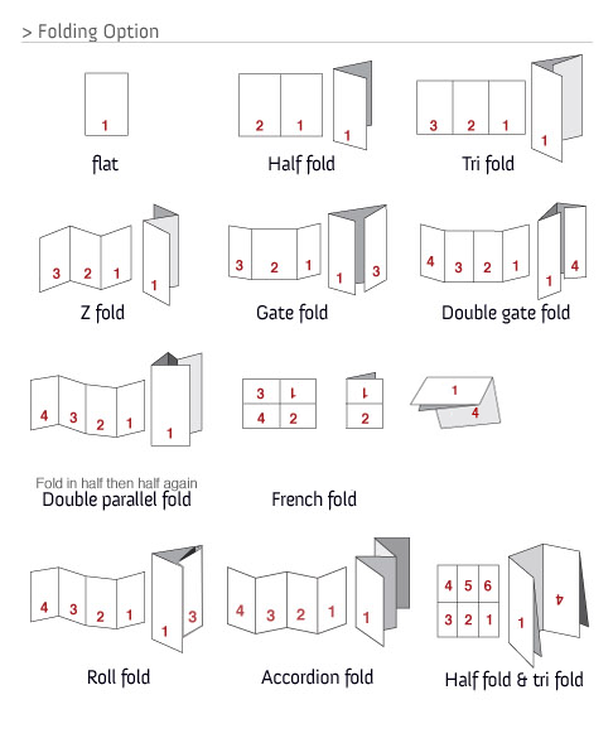Brochure Design Brief
The brochure design brief is a communication from you to us of your ideas and specifications for the marketing material you need. The brief is not a blueprint and does not tell the designer how to do the work. It’s a statement of purpose, a concise declaration of the client’s expectations of what the design should accomplish.
As the client, you are spelling out your objectives and expectations and defining the scope of work.
The Checklist
Providing the information requested in the design brief will help you organize your message and provide us the information we need to respond with a project proposal.
As the client, you are spelling out your objectives and expectations and defining the scope of work.
The Checklist
Providing the information requested in the design brief will help you organize your message and provide us the information we need to respond with a project proposal.


